
Learning PHP, MySQL & JavaScript. 6th Edition Robin Nixon
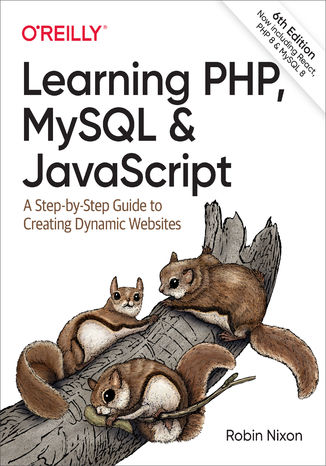



- Autor:
- Robin Nixon
- Wydawnictwo:
- O'Reilly Media
- Ocena:
- Stron:
- 826
- Dostępne formaty:
-
ePubMobi
 opcje wysyłki »
opcje wysyłki »
Opis
książki
:
Learning PHP, MySQL & JavaScript. 6th Edition
Build interactive, data-driven websites with the potent combination of open source technologies and web standards, even if you have only basic HTML knowledge. With the latest edition of this popular hands-on guide, you'll tackle dynamic web programming using the most recent versions of today's core technologies: PHP, MySQL, JavaScript, CSS, HTML5, jQuery, and the powerful React library.
Web designers will learn how to use these technologies together while picking up valuable web programming practices along the way--including how to optimize websites for mobile devices. You'll put everything together to build a fully functional social networking site suitable for both desktop and mobile browsers.
- Explore MySQL from database structure to complex queries
- Use the MySQL PDO extension, PHP's improved MySQL interface
- Create dynamic PHP web pages that tailor themselves to the user
- Manage cookies and sessions and maintain a high level of security
- Enhance JavaScript with the React library
- Use Ajax calls for background browser-server communication
- Style your web pages by acquiring CSS skills
- Implement HTML5 features, including geolocation, audio, video, and the canvas element
- Reformat your websites into mobile web apps
Wybrane bestsellery
Robin Nixon - pozostałe książki
O'Reilly Media - inne książki
Dzięki opcji "Druk na żądanie" do sprzedaży wracają tytuły Grupy Helion, które cieszyły sie dużym zainteresowaniem, a których nakład został wyprzedany.
Dla naszych Czytelników wydrukowaliśmy dodatkową pulę egzemplarzy w technice druku cyfrowego.
Co powinieneś wiedzieć o usłudze "Druk na żądanie":
- usługa obejmuje tylko widoczną poniżej listę tytułów, którą na bieżąco aktualizujemy;
- cena książki może być wyższa od początkowej ceny detalicznej, co jest spowodowane kosztami druku cyfrowego (wyższymi niż koszty tradycyjnego druku offsetowego). Obowiązująca cena jest zawsze podawana na stronie WWW książki;
- zawartość książki wraz z dodatkami (płyta CD, DVD) odpowiada jej pierwotnemu wydaniu i jest w pełni komplementarna;
- usługa nie obejmuje książek w kolorze.
Masz pytanie o konkretny tytuł? Napisz do nas: sklep@helion.pl
Książka drukowana




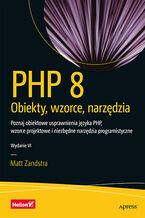
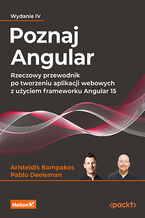
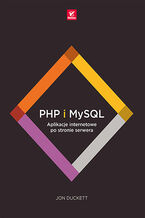
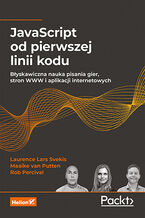
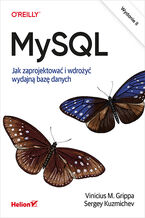
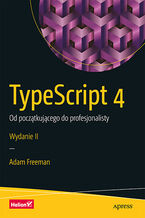
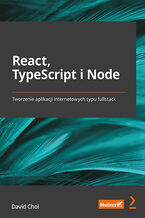
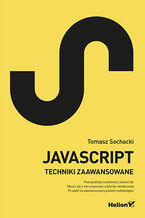

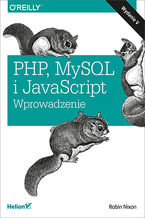
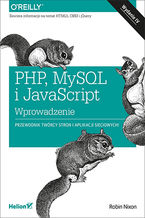
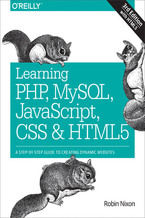

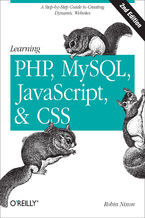
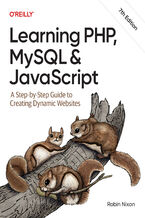
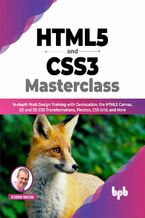





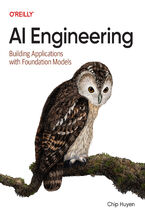
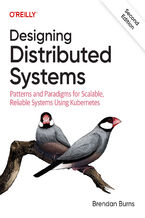
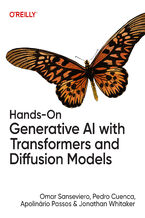
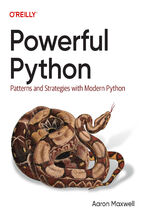
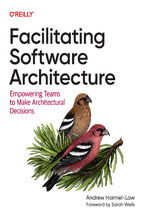
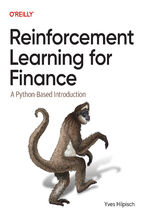
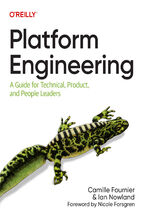
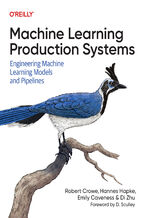

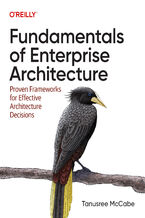



Oceny i opinie klientów: Learning PHP, MySQL & JavaScript. 6th Edition Robin Nixon
(0)